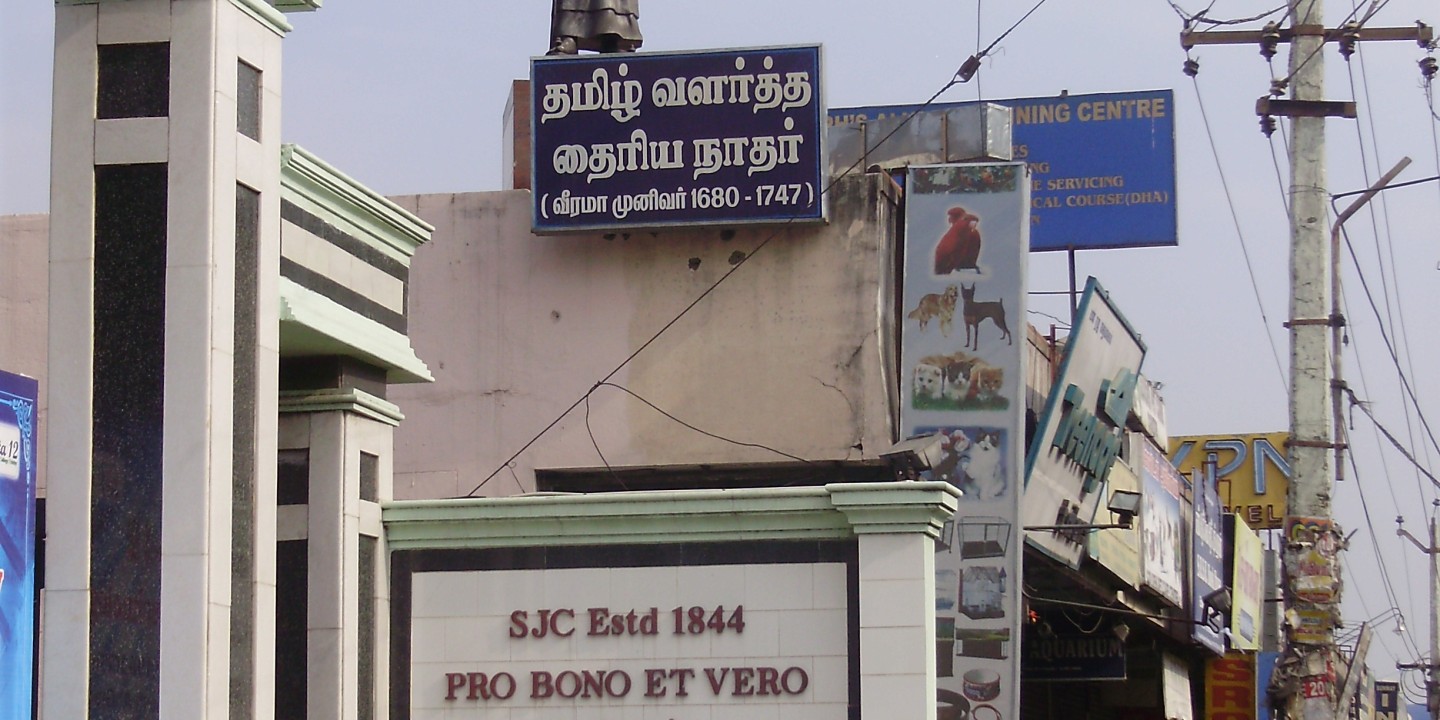The Silence Jesuits and their contemporaries
In many instances, Jesuit influence is essential to understanding the history of Asian societies.

Many viewers of Martin Scorsese’s magnificent film Silence may come away with a deeply pessimistic opinion of early modern Catholic missions in Asia. For all their heroism and sacrifice, we surely think, those missionaries—especially the Jesuits—were pursuing a nearly impossible goal in seeking to bring a distinctly European form of the faith to ancient and profoundly alien Asian cultures. How could they hope to comprehend those other worlds, still less make an impact? We might find ourselves muttering Rudyard Kipling’s words about East and West, how “never the twain shall meet.”
Certainly, some Jesuit missionaries met dreadful fates, but others were astonishingly successful, and in precisely those areas of intercultural contact that we might expect to have been most difficult. The Jesuits were, above all, phenomenal linguists, and those skills made them invaluable to courts and governments around the world, even those who had little time for their religious message. In some remarkable cases, the missionaries shaped or even re-created the languages and literatures of the societies in which they operated. At many points, Jesuit influence is essential to understanding the history of Asian societies.
Read our latest issue or browse back issues.
Alongside the martyrs of Japan who are the focus of Silence, we might recall their exact Jesuit contemporary Alexandre de Rhodes (1591–1660). Born in France, he spent much of his career in the land we call Vietnam, which was then a proud imperial power, with many wealthy aristocratic families. After the collapse of the missions to Japan, the Jesuit order made Indochina its next primary target, and de Rhodes was among the leaders of that effort. He plunged wholeheartedly into learning Vietnamese language, history, and culture, although run-ins with local lords repeatedly forced him into exile. Narrowly escaping a death sentence, he found himself unable to return to Vietnam. He died a little short of his seventieth year, while beginning a whole new missionary career—in Persia!
But de Rhodes’s contributions to the Vietnamese world were enormous, including a scholarly grammar and a Vietnamese-Latin-Portuguese dictionary. He helped shape the writing of the Vietnamese language as we know it today. In his time, Vietnamese was normally written in chữ Nôm characters, adapted from Chinese. Portuguese missionaries (mainly Jesuits themselves) had, however, developed a Latin alphabet, which de Rhodes used in his work and favored for purposes of popular evangelization. His example had an overwhelming influence, and that alphabet in turn developed into the quốc ngữ (national language) script which became standard under later French rule. If de Rhodes did not invent that system, it was his work, above all, and especially the 1651 dictionary that gave it mainstream status. The 20th-century Vietnamese nationalists who accepted and promoted that Latinized script did so with full knowledge that they were using a system devised by Jesuit Fathers. Today, quốc ngữ is the nation’s common and officially sanctioned system.
De Rhodes’s innovations only reached fruition long after his lifetime; other missionaries had a much more immediate impact. Among the greatest and the most remarkable was Constanzo Beschi (1680–1742), one of the many European clergy who built up the very strong Catholic presence that still flourishes in Tamil Nadu in southern India. Although Father Constanzo also faced periods of persecution, he did a splendid job of framing his faith in ways that local Tamil people would find acceptable. He dressed as a Hindu ascetic, a sannyasi. He is often known by his Tamil name, Vīramāmunivar.
But Father Constanzo’s commitment to Tamil culture went far beyond adorning new churches with a few Orientalizing frills. He thoroughly mastered Tamil language and literature to the point of composing excellent grammars, glossaries and lexicons, and earning the title “Father of Tamil Prose.” In poetry, he wrote several works that Tamil scholars still count among the classics of that language, including a vast Christian epic called the Thembavani, focused on the life of St. Joseph. He also translated some of the ancient Tamil writings into Latin, making European intellectuals aware of the glories of southern Indian culture. In 1968, long after India’s independence from British rule, Constanzo Beschi was honored with a statue erected in Madras (Chennai), as befits a giant of Tamil literature.
Even by the demanding standards of a postimperial world, it is difficult to think of anything more that this European could have done to treat his Asian host culture with honor, and indeed love. The Christianity that Beschi preached was as thoroughly Asian as it was European, as it absolutely should have been in an area that had first encountered the faith in the first or second centuries. Never assume that multicultural sensitivity is a modern fad.
The stories of de Rhodes and Beschi remind us of missions scholar Lamin Sanneh’s dictum: the original language of Christianity is translation.
A version of this article appears in the February 15 print edition under the title “Mission in the vernacular.”







